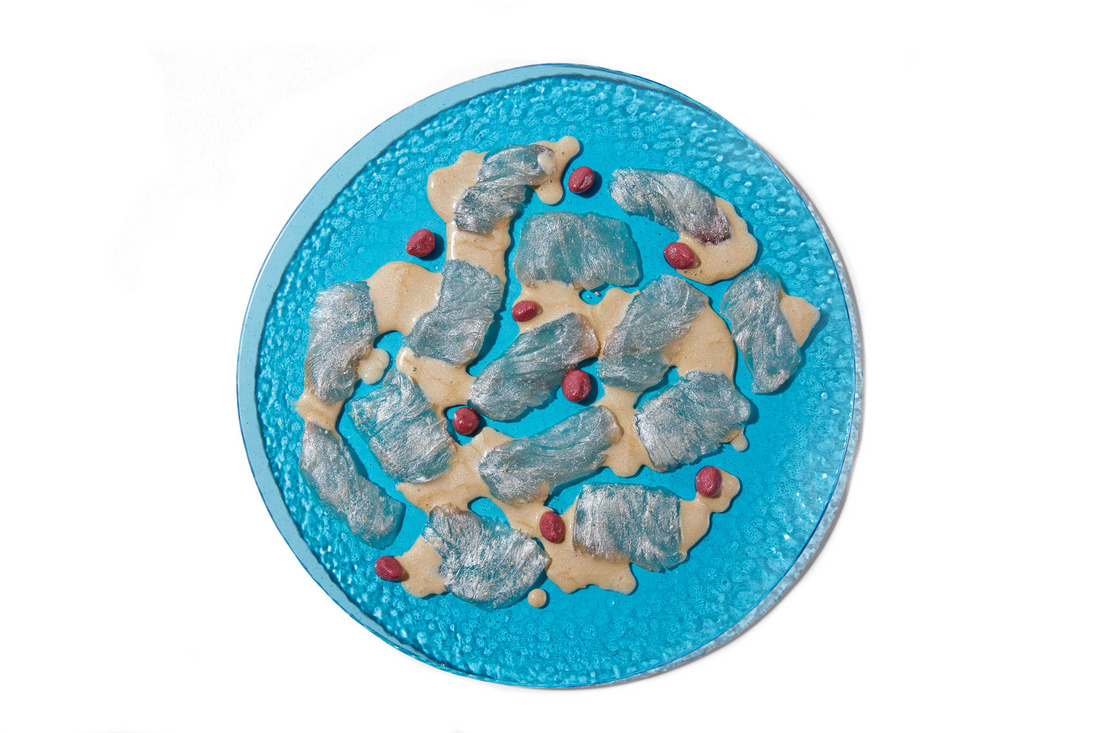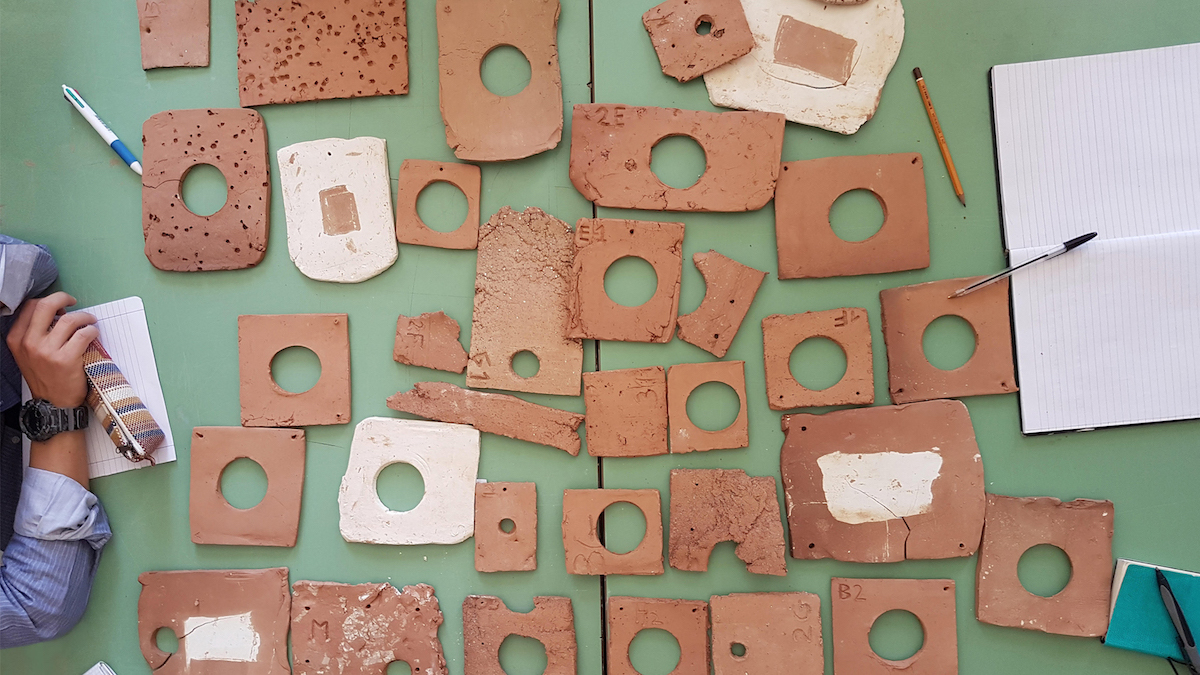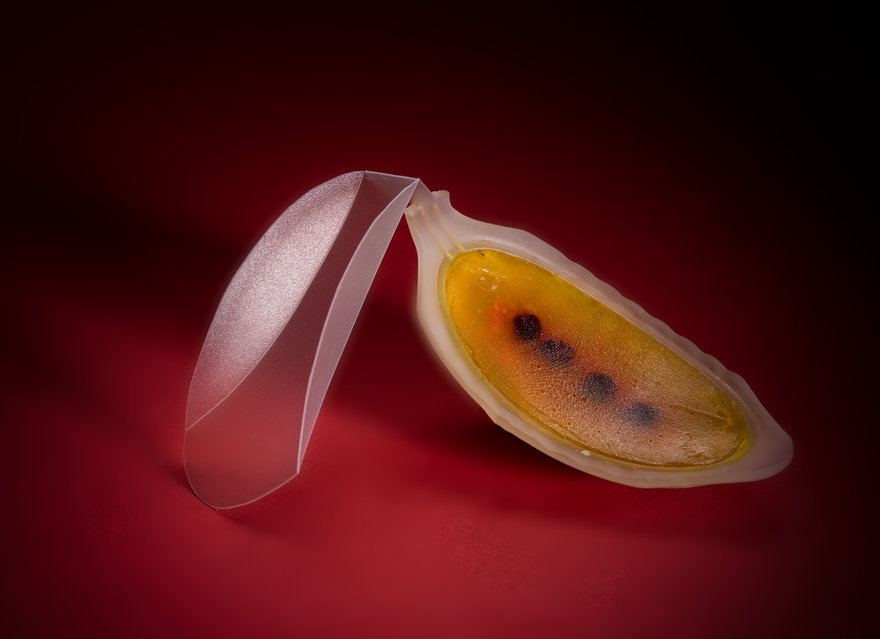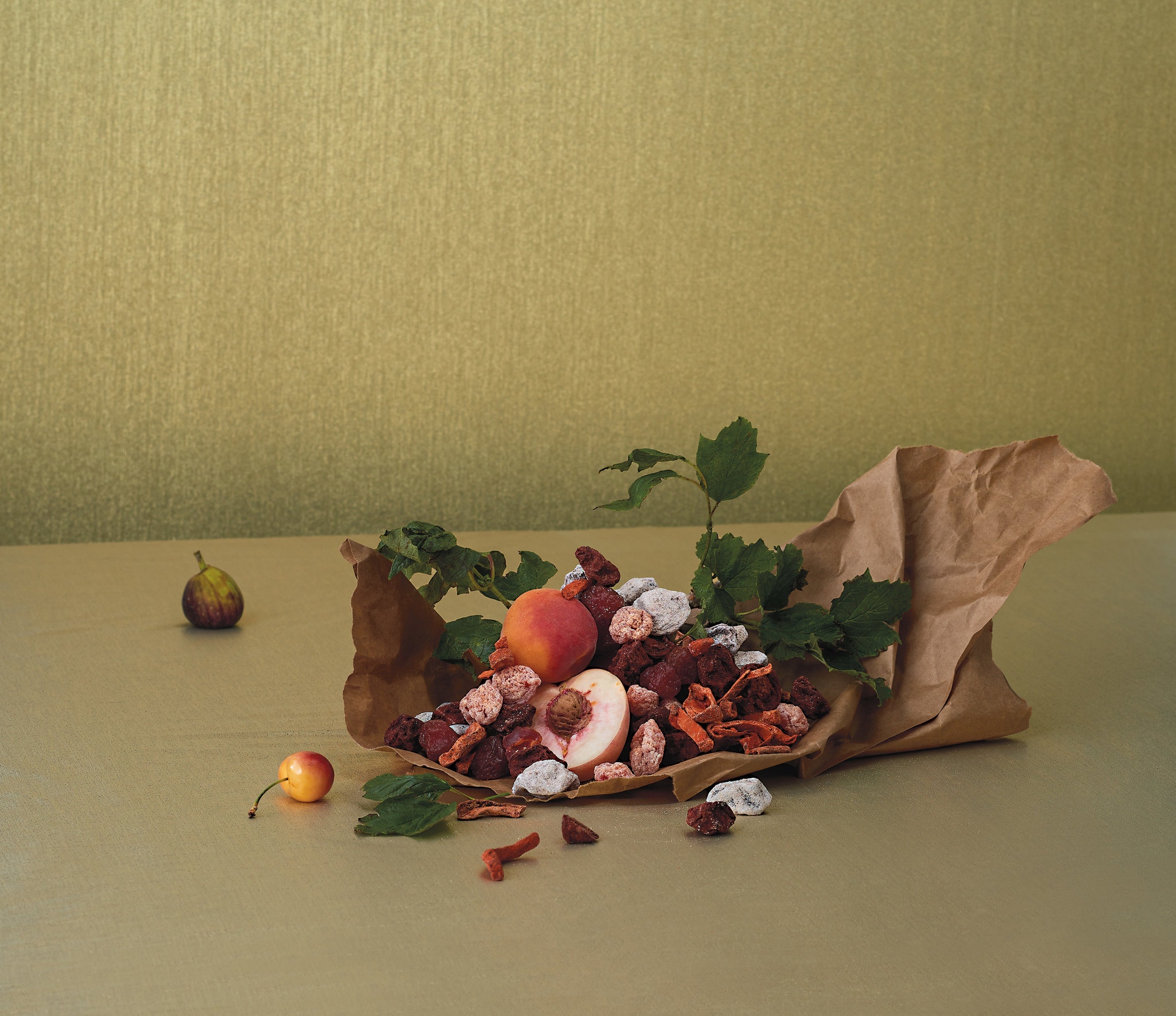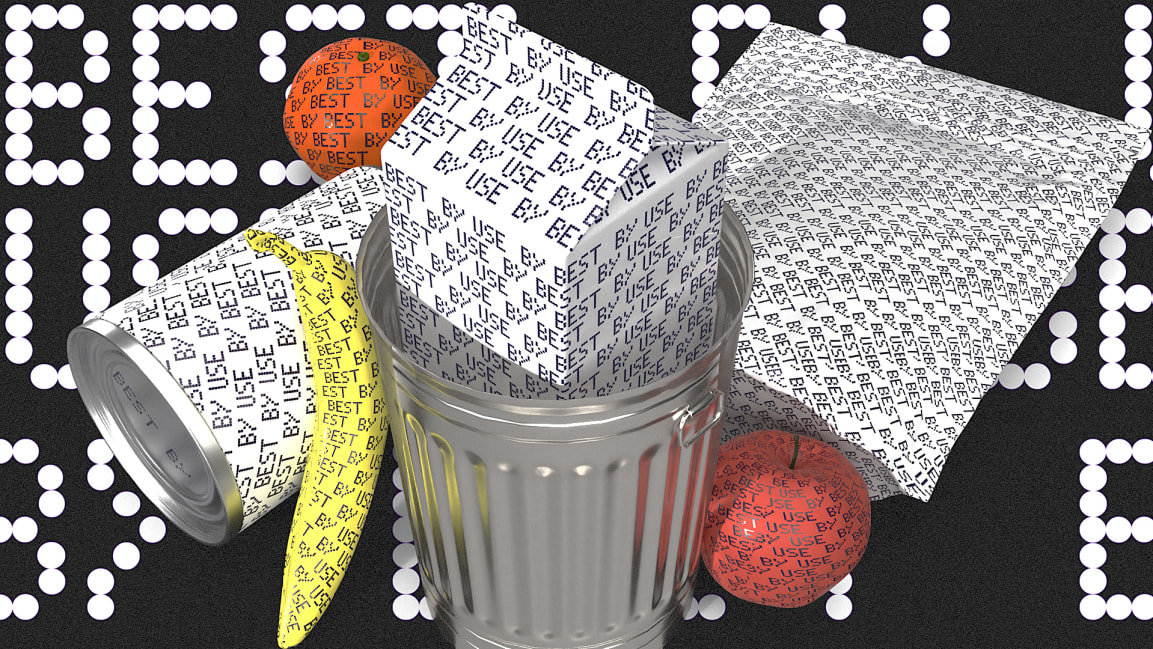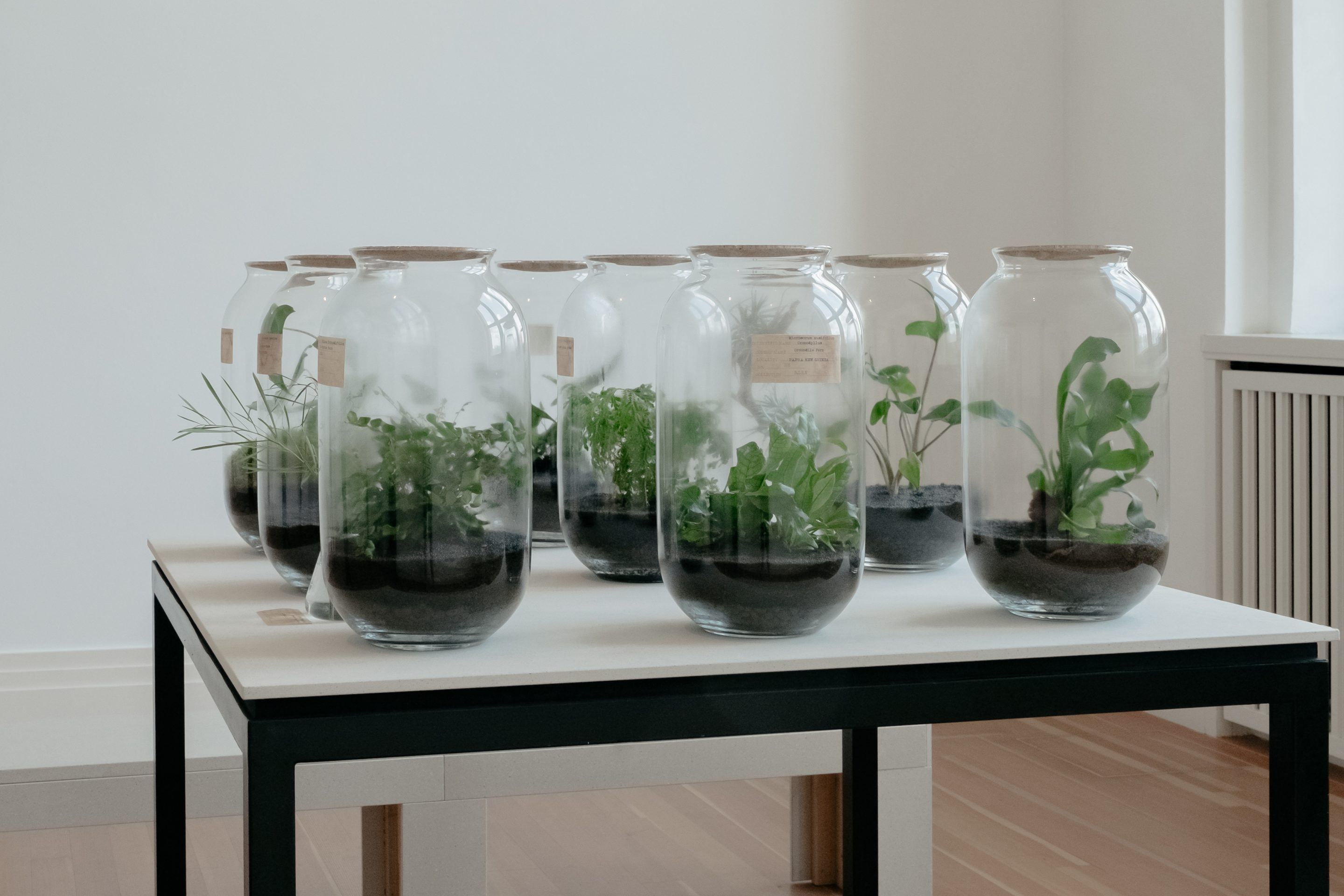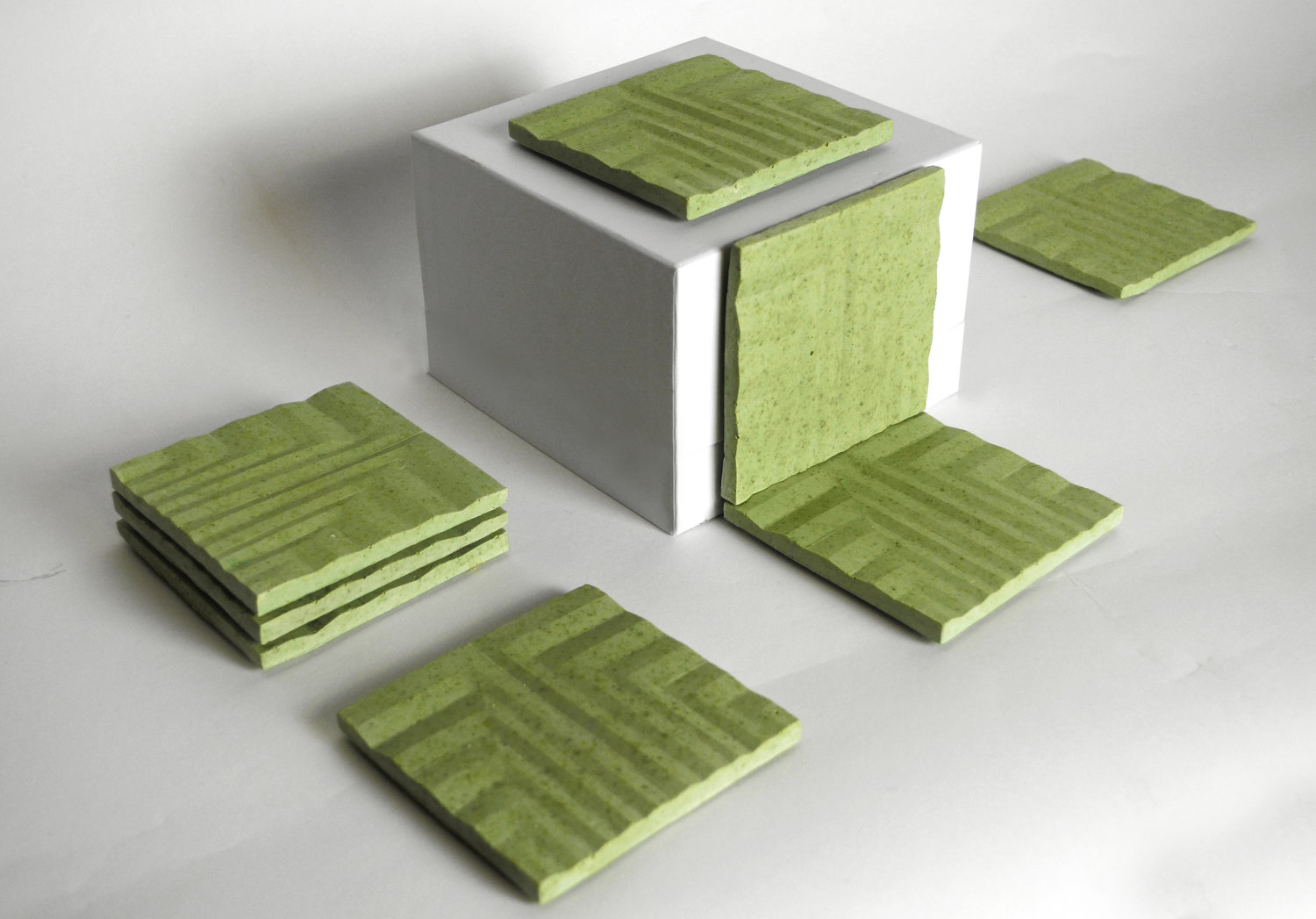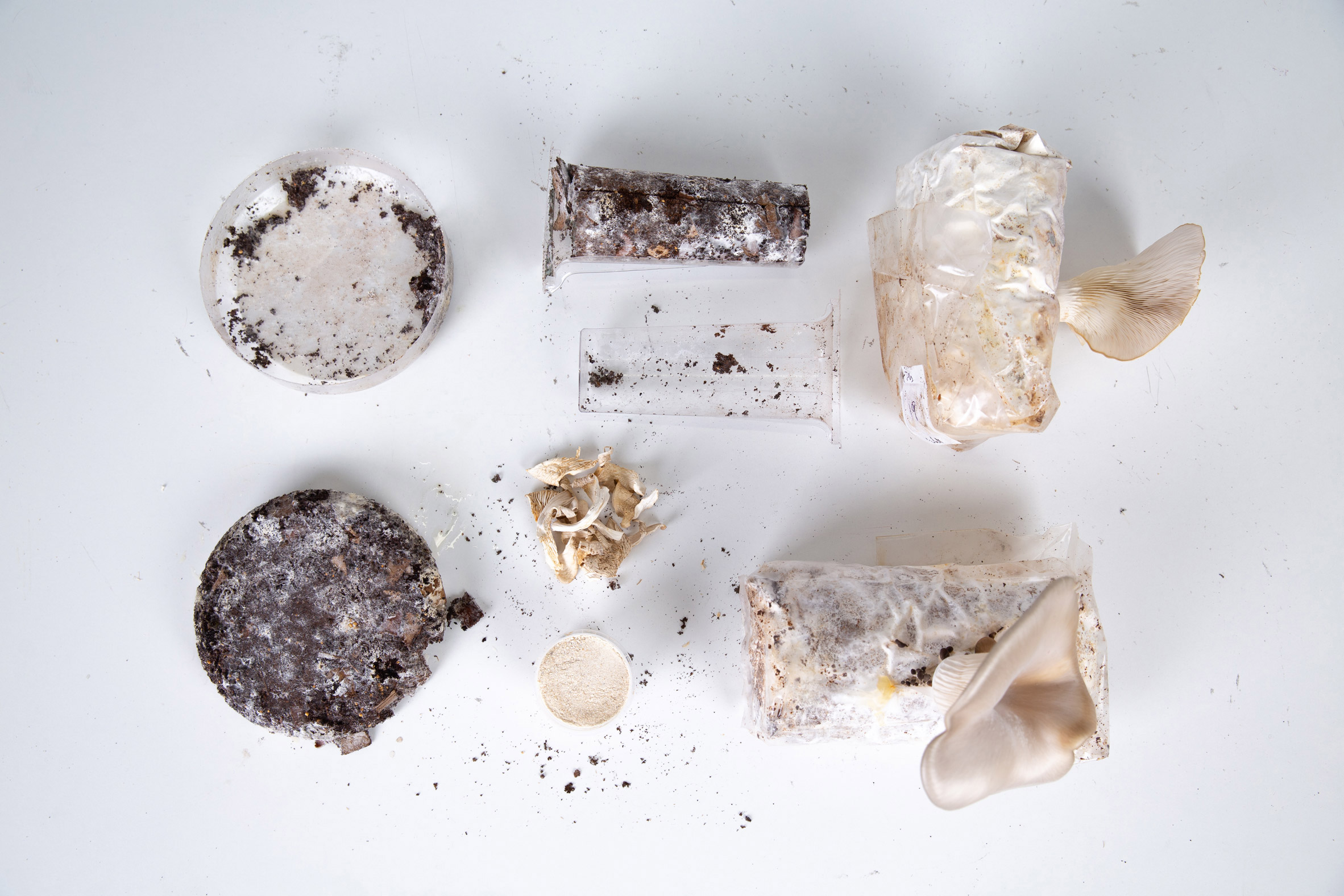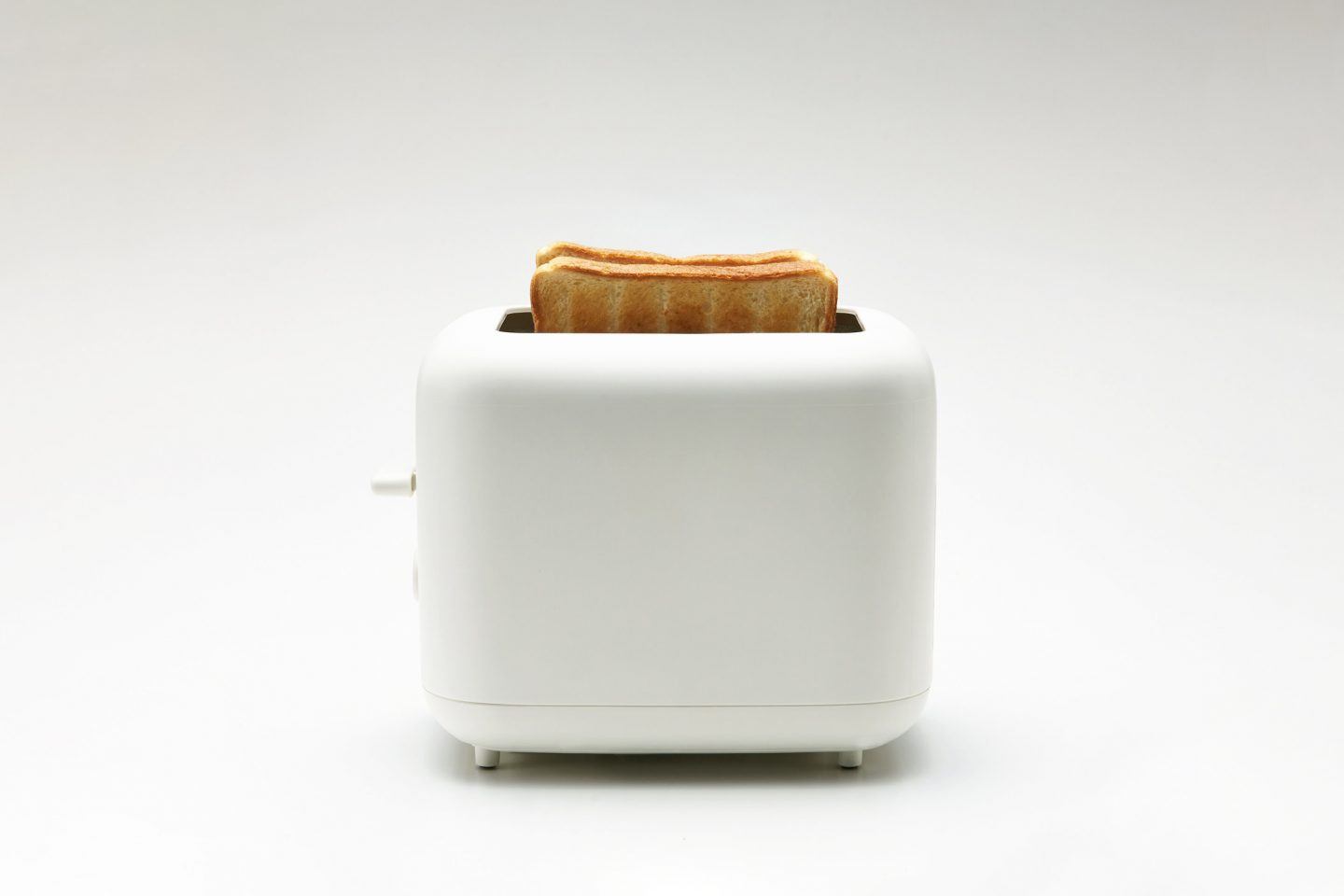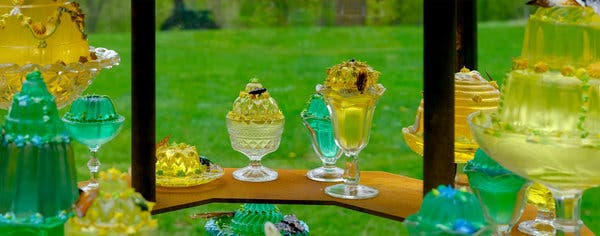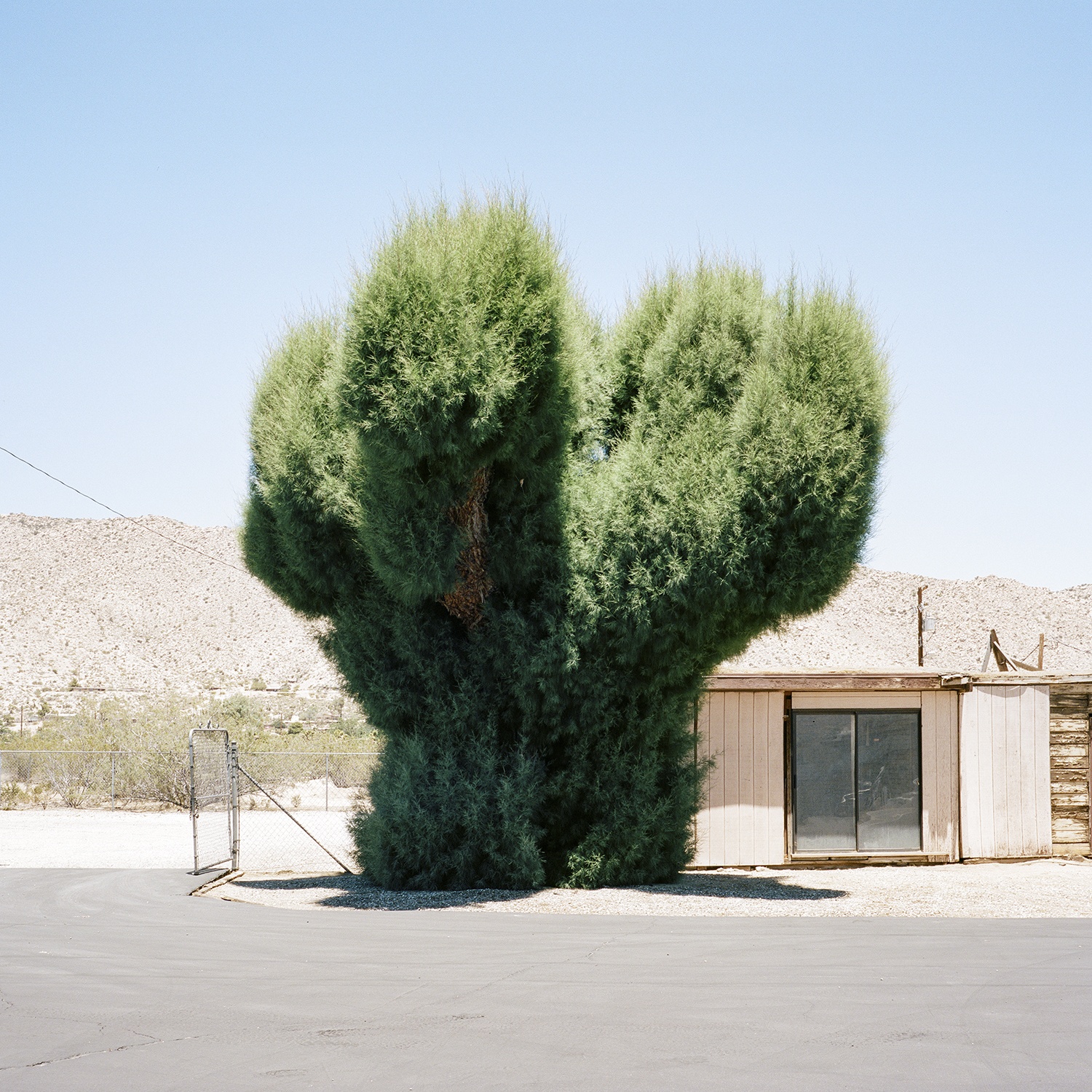Our weekly serving of off-the-menu items—a few popular favorites from the week, as well as a few morsels that may have slipped your notice.
 Merriam Webster’s lexicon now includes “tallboy.” Image sourced via Union Leader.
Merriam Webster’s lexicon now includes “tallboy.” Image sourced via Union Leader.
Expanding its vocabulary to fit the profile of the modern food world, Merriam Webster has now officially added a few common culinary words from pop culture to its lexicon of the English language. Drawing on words that have become established parts of conversation, the new vocabulary includes terms like “tallboy,” “Halloumi,” and “matcha.”
Adding to the list of efforts to utilize neglected materials and avoid food waste, Vietnamese entrepreneurs Son Chu and Jesse Chan have designed a set of sneakers built entirely from used coffee grounds and recycled plastic. The coffee industry produces 23 million tons of waste every year, and only around 10% of this waste is reused. The designers hope to combat this excessive waste, with each pair of shoes recycling up to 6 plastic bottles, and every 100 pairs using 33 kilograms of recycled coffee.
Building an Architecture of Degrowth
This opinion piece from Dezeen reflects on the era of economic and urban growth we’re living in, where art and education are commodified, and economic profit is considered the measure of success. Phineas Harper offers up an alternative perspective on urban life; dubbed an “architecture of degrowth,” this new infrastructure would veer away from the importance of profit, and place value in art, nature, and shared community.
 Image by Béatrice de Géa for The LA Times.
Image by Béatrice de Géa for The LA Times.
Brooklyn based artist Stephanie Shih is introducing Asian grocery items to the world of ceramics. For Shih, the value in her art comes from the process of making it, the emotions that produces in her, and the power of her work to evoke nostalgia from others. After witnessing the powerful response her art received from Asian and Asian American communities online, Shih realized that her ceramic recreations of oyster sauce, instant noodles and bags rice often helped people start a dialogue about their childhood and history with food.
 Image courtesy of Lydia Mueller.
Image courtesy of Lydia Mueller.
The Alchemy and History of Gin
Although now considered a trendy, sought-after spirit, gin began as a cheap (and often dangerous) alternative to other liquors, and was initially believed to be an herbal cure for some illnesses. Throughout the somewhat sordid history of gin, the design for distilling the spirit has been adapted to yield a cleaner, smoother taste. Gin producers now rely on copper during the distillation process, as the malleable metal absorbs the sulphur produced during fermentation.


